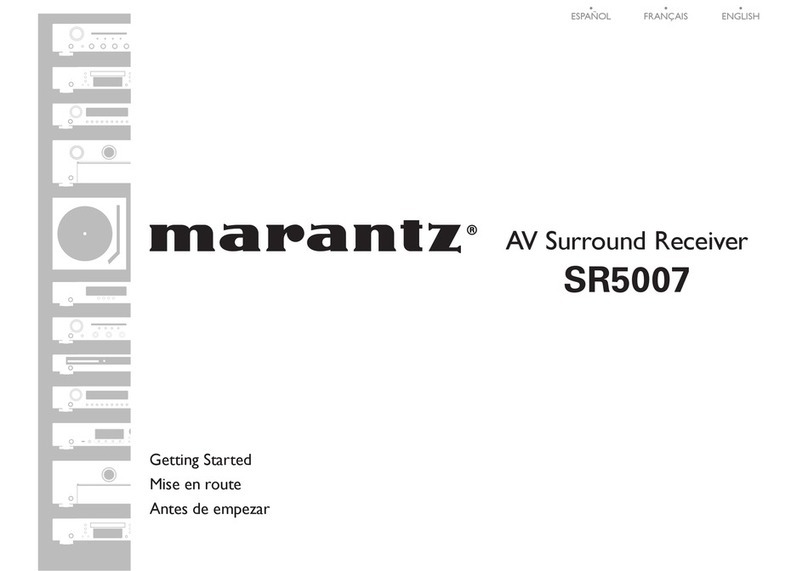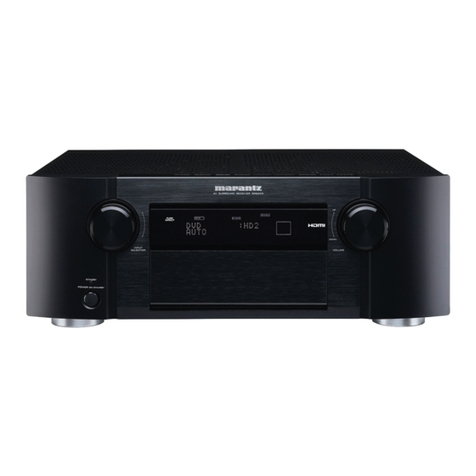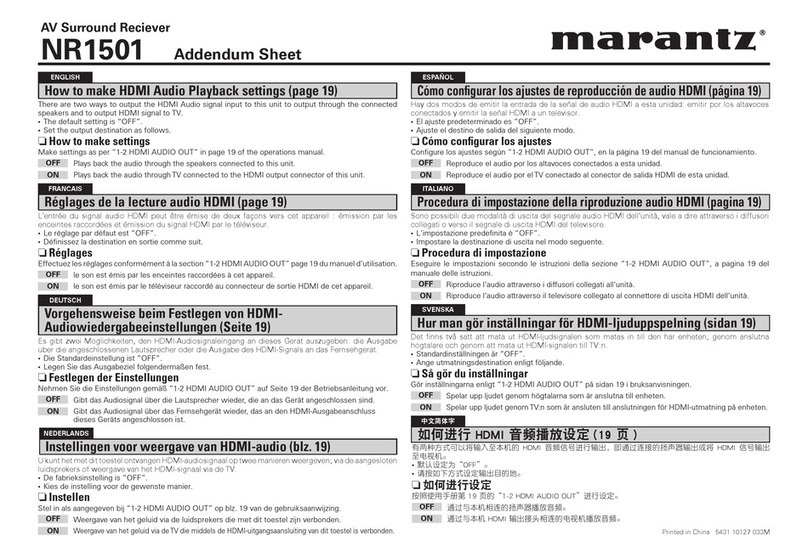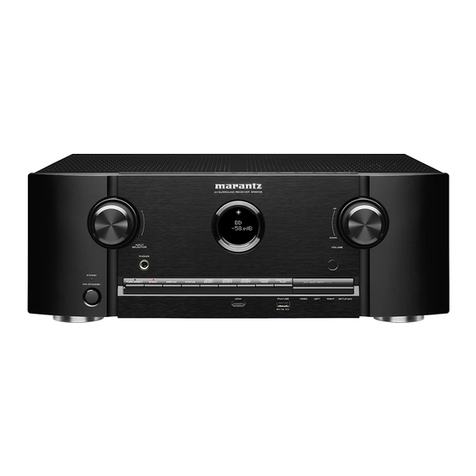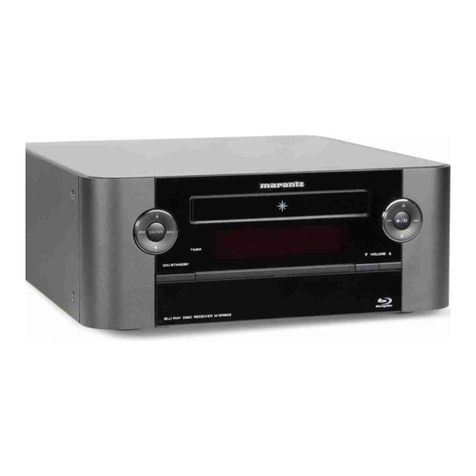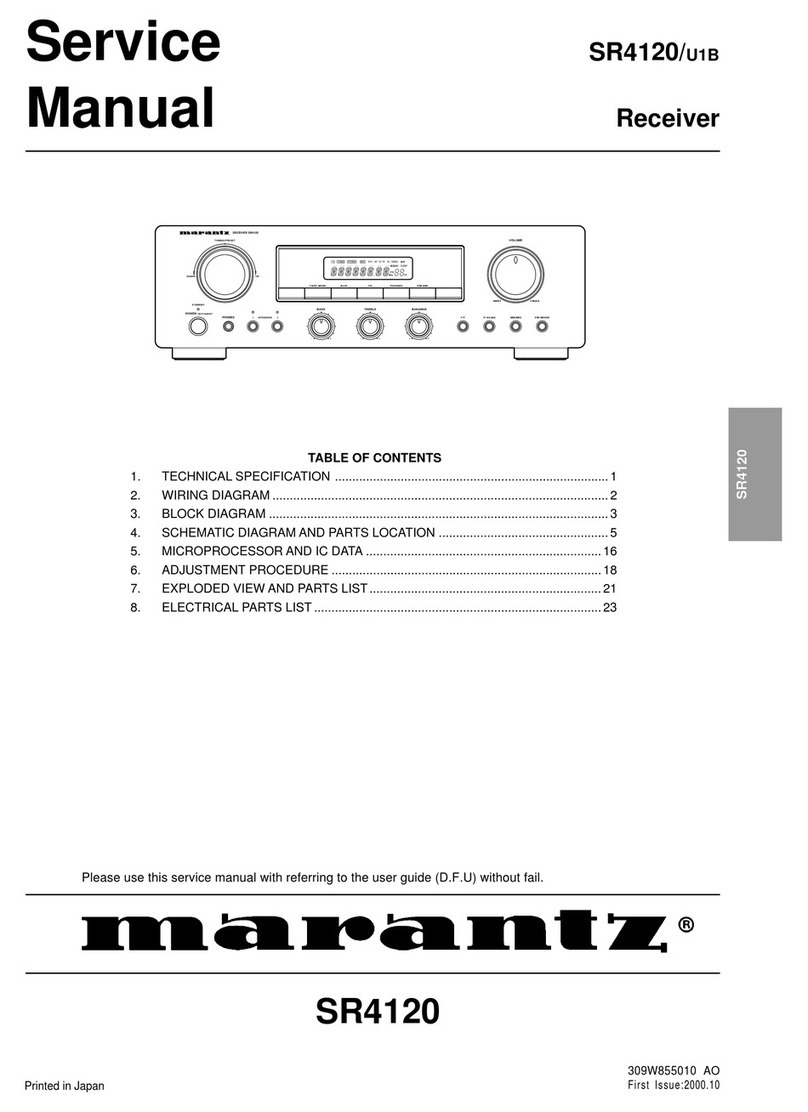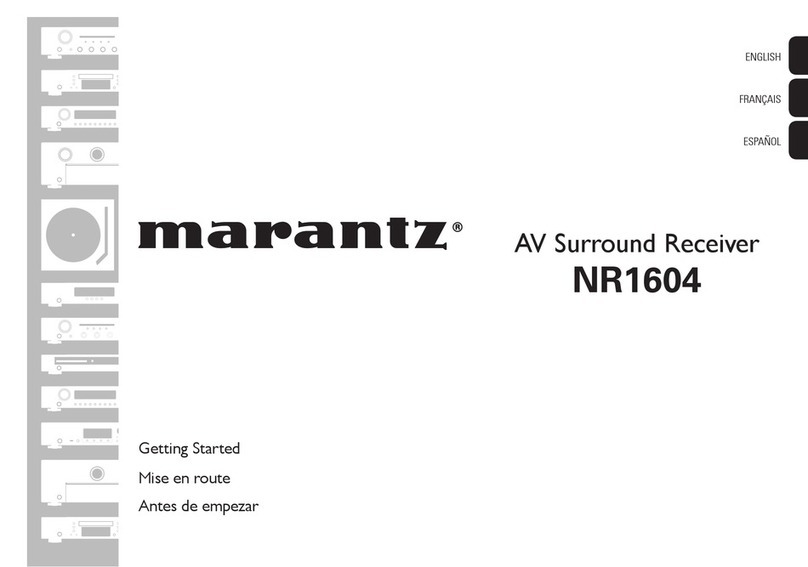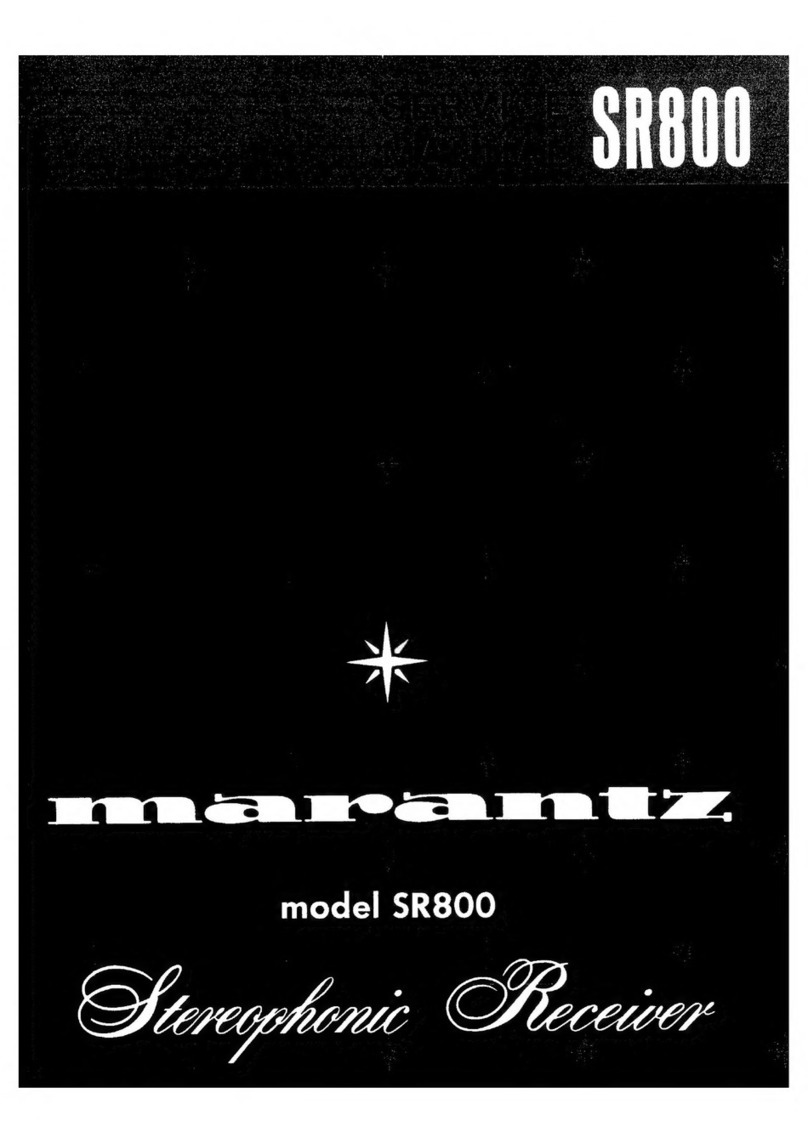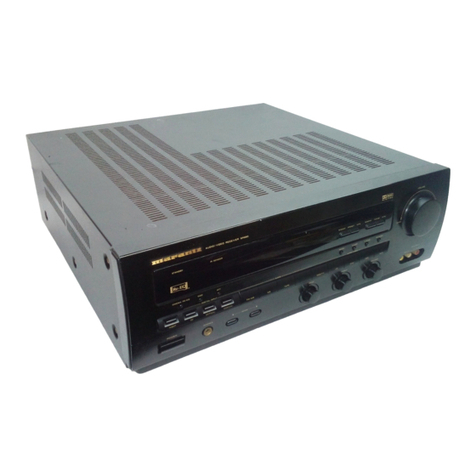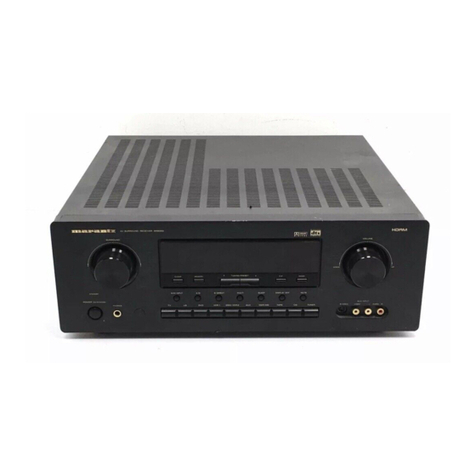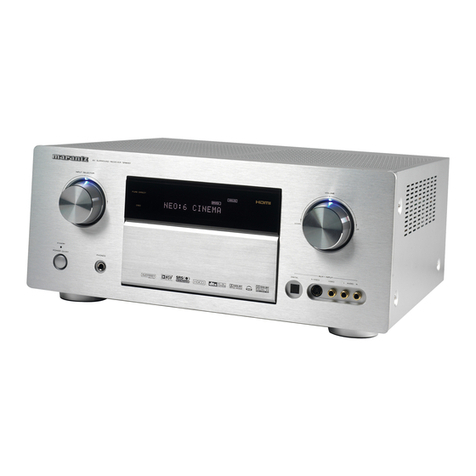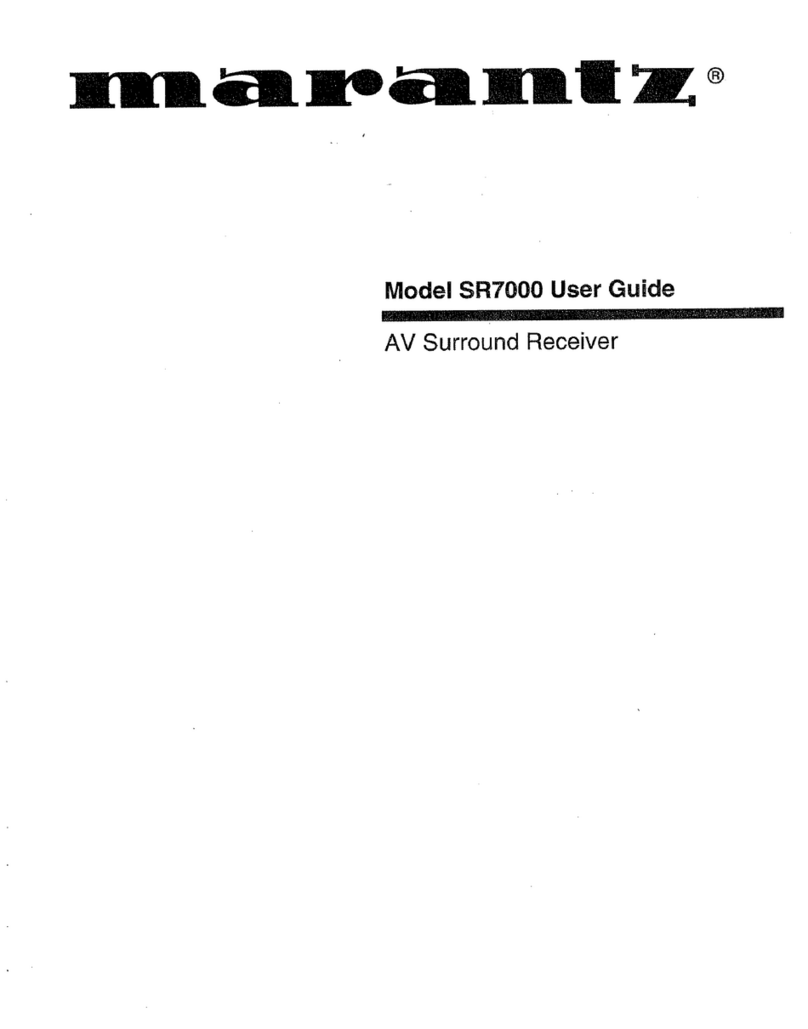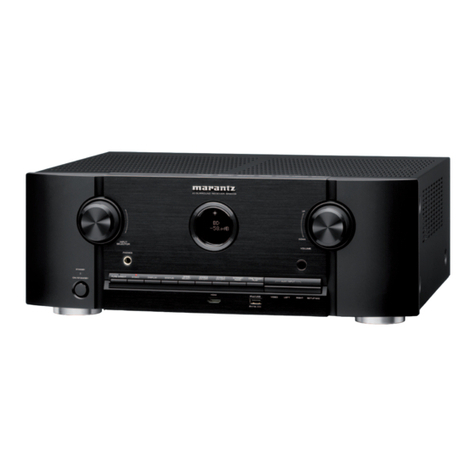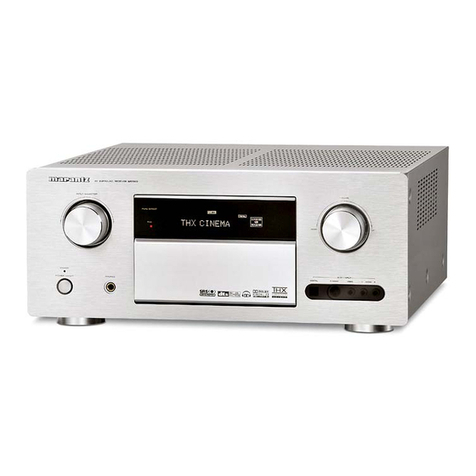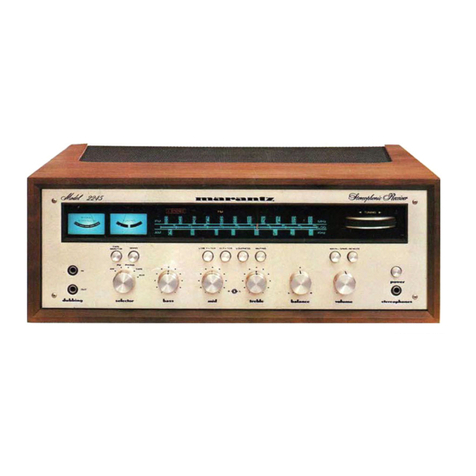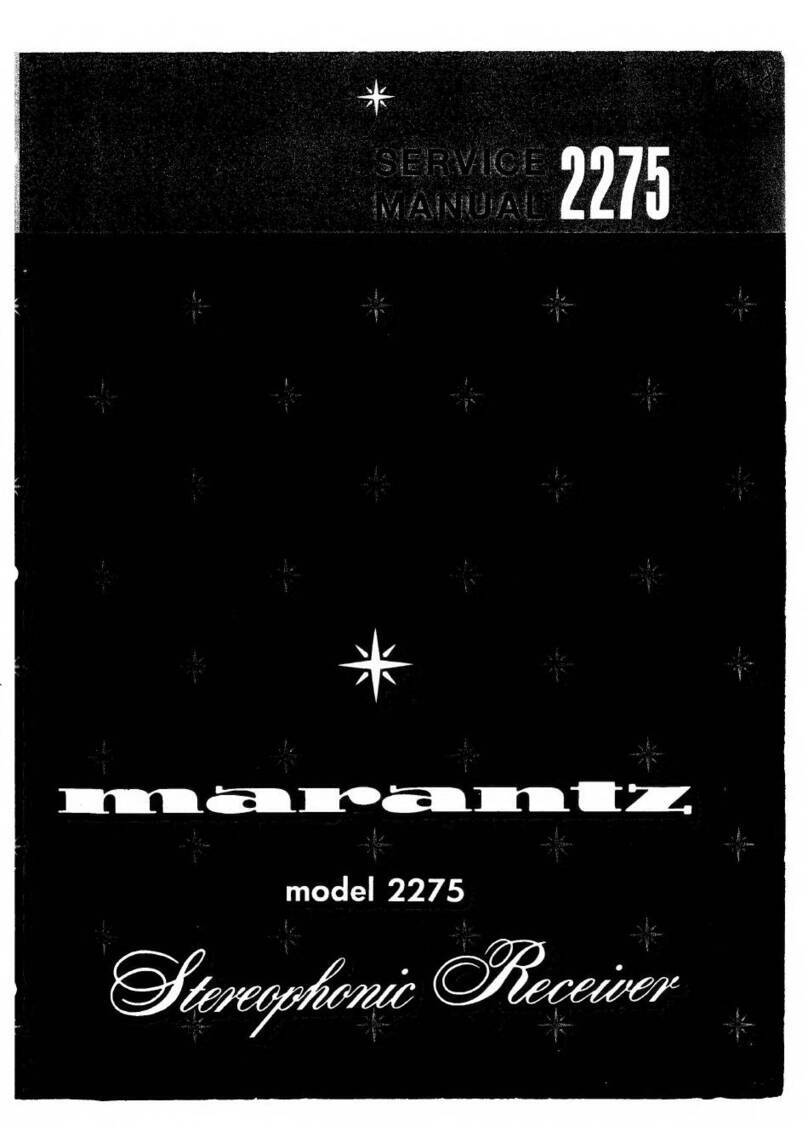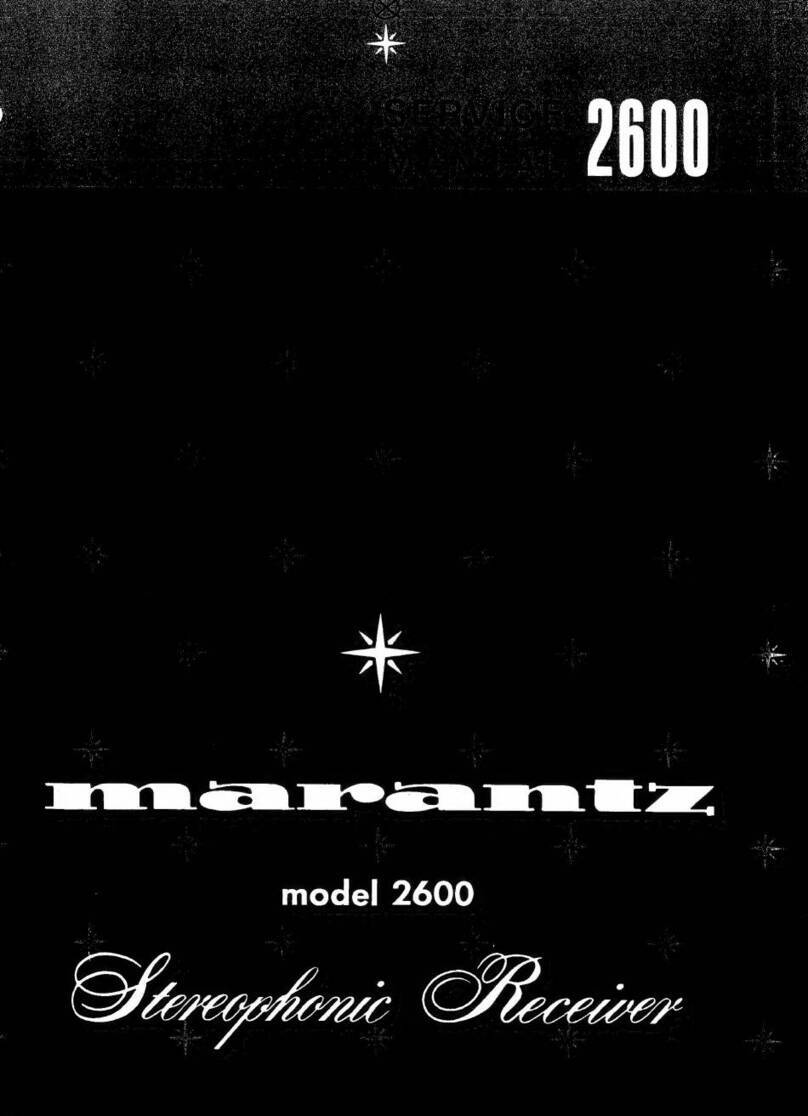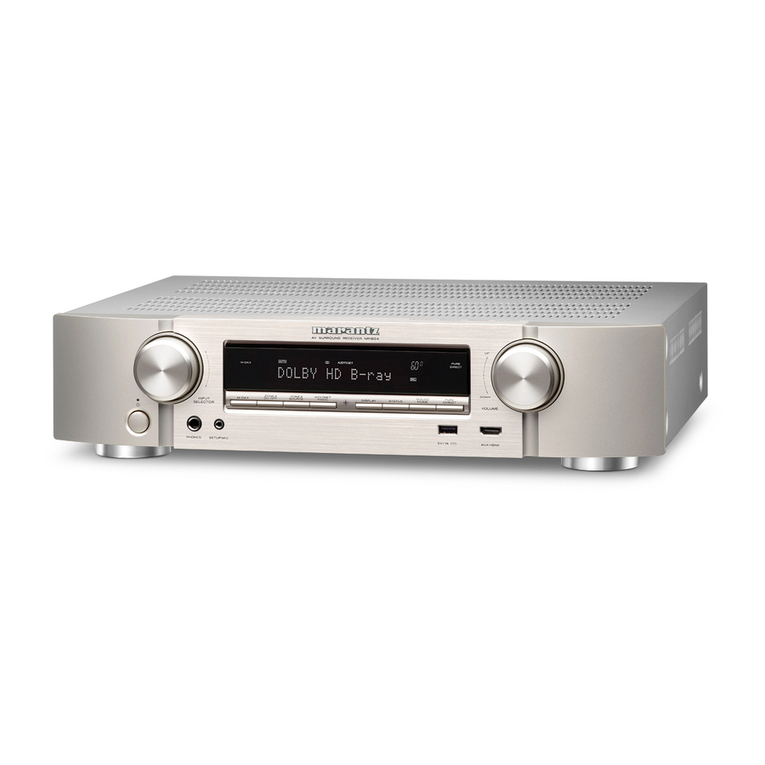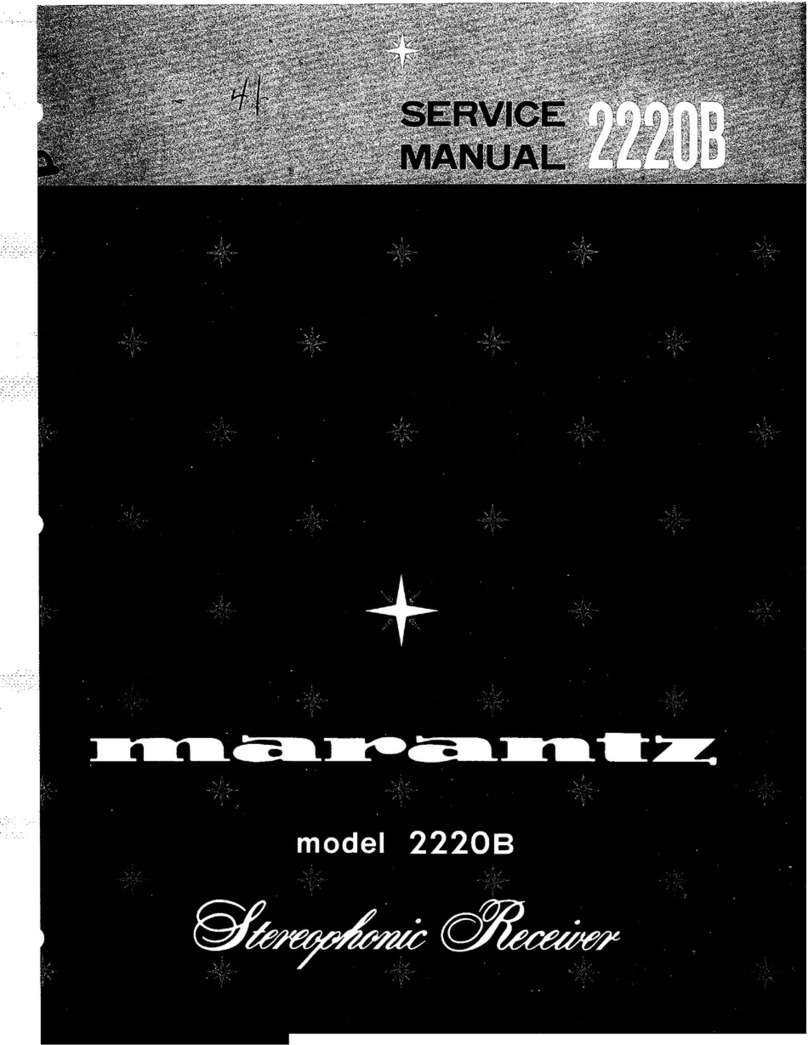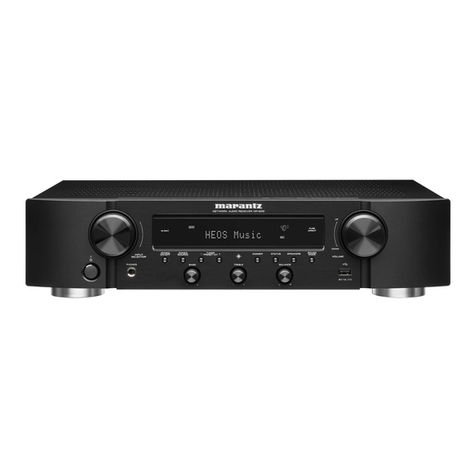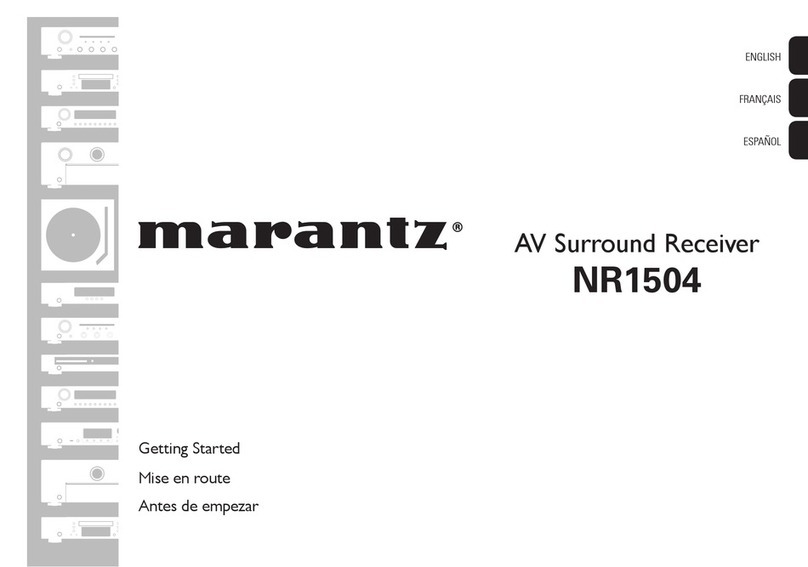LIST
OF
ILLUSTRATIONS
1.
Rear
Panel
Connection
Facilities and Adjustments 2
2.
Loudspeaker System Connections 3
3.
Connection Diagram 4
4.
Speaker Placement 6
5.
Mono Mode Sound Dispersion 7
6.
2-channel Mode Sound Dispersion 7
7.
Discrete Mode Sound Dispersion 7
8.
Vari-Matrix Mode Sound Dispersion 7
9.
Front
Panel
Controls
and
Jacks 8
10.
Stereophone
Plug
9
11. F
M/
AM Antenna Connections
11
12.
AM Ferrite-rod Antenna
11
13.
Quick-Connect Speaker Terminal 13
14.
Block Diagram
17
15.
Packing Instructions 20
The
FM
multiplex
circuitry
includes a
phase
locked loop, Stereo-Monaural
Automatic
switch-
ing circuit, stereo indicator
circuit
and abuffer
amplifier
to
obtain
output
power
at
low
im-
pedance.
Low
pass
filters
for
19KHz and 38KHz
rejection
are
incorporated. Moreover, the Model
4300
unit
has
amuting circuit
that
permits
pleas-
ant
FM
broadcast reception by completely elimi-
nating inter-station interference which
is
usually
generated at the time
of
selecting
FM
stations.
FOREWORD
TABLE
1.
Dolby Mode Chart
16
To obtain optimum performance
and
enjoyment
from the Model 4300,
please
study
these
instruc-
tions carefully.
Follow
the step-by-step instruc-
tions
to
obtain maximum performance.
This manual
is
divided
into
two
parts. The first
covers
installation and operation in simple, non-
technical
language.
The second describes the
Model 4300 in more detail
with
technical specifi-
cations
and
functional explanations.
GENERAL
DESCRIPTION
Your Marantz Model 4300
is
ahigh-quality Stereo
2+Quadradial 4Receiver developed by Marantz,
a
name
famous
for
quality in the audio com-
ponent industry. The Model 4300 incorporates
Marantz' exclusive Vari- Matrix circuit which
sim-
ulates 4-channel sound from normal 2-channel
stereo programs, and
is
capable
of
reproducing
4-channel sound
from
any matrix-encoded source.
The 4300 will
also
reproduce any discrete
4-
channel program
as
well
as
regular stereo and
monaural programs. An optional plug-in decoder
adapts the 4300
for
any specific matrix system,
such
as
Columbia's
SQ.
The
FM
tuner section employs
an
FET
for
the
RF
amp
stage.
The
IF
tuning circuit employs
ceramic filters
of
wide bandwidth
and
high
selectivity
to
provide high sensitivity
and
un-
paralleled interference-free operation.
The 4300 incorporates afull-process, 2-channel
DOLBY System
to
reduce
noise,
inherent in
recording music
from
records, tape, FM broad-
casts
and TV.
For quick identification
of
the controls
and
connections, references
are
printed in bold face
type.
AFTER
UNPACKING
It
is
advisable
to
save
all original packing material
to
prevent
damage
should you wish to transport
or ship the Receiver (refer
to
Figure 15
for
pack-
ing instructions).
Please
inspect your Model 4300
carefully
for
any
signs
of
damage
in transit.
It
has
undergone stringent
quality
control inspec-
tion
and
tests prior
to
packing,
and
left
the
factory in perfect operating condition.
If
the
unit
is
damaged,
notify
the carrier
without
delay.
Only the consignee may institute aclaim
with
the carrier
for
damage
during shipment. How-
ever,
the Marantz Company
will
co-operate
fully
in
such
an
event.
Save
the
damaged
carton
as
evidence
for
inspection
by
the carrier.
